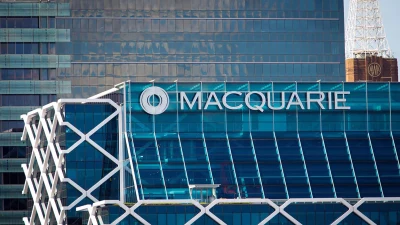Infrastructure ‘incredible’ in an inflationary environment


Infrastructure investments are well positioned in the near-term macro trend of inflation and stimulus, according to 4D Infrastructure.
Speaking to Money Management, 4D Infrastructure chief investment officer, Sarah Shaw, said global COVID-19 recovery infrastructure stimulus, which was partly responsible for rising inflation, was a tailwind for infrastructure and that infrastructure acted as a direct inflation hedge.
“It’s an incredible place to be positioned when you’ve got an inflationary environment of interest rates moving up… coupled with the growth that’s driving economic activity,” Shaw said.
She said programs such as the US’ Build Back Better plan as well as India and China’s infrastructure plans were putting huge amounts of stimulus into economies.
And investors should also be aware of a few long term thematics which provided infrastructure with a “huge” opportunity set, Shaw said.
She said developed markets would require large amounts of replacement spend as infrastructure reaches its used by date.
“London's water mains are over 100 years old and you’ve still got wooded water pipes venues in the US so there's a huge need for developed market replacement spend,” she said.
“You then have population growth – the east are getting younger and the West are getting older.
“Asia is driving a huge amount of population growth and clearly, population growth brings with it the need for more infrastructure.”
Investors in infrastructure could also benefit from rising middle classes in emerging markets as China and India were expected to add 750 million people to the middle class over the coming decades.
“They want plumbing, clean water, indoor plumbing, gas, electricity… then you want a car or a scooter to drive so you need roads, and airports.”
Shaw said the fourth-biggest driver of infrastructure investment growth was decarbonisation.
“There is no way the world is going to reach net zero without increased investment in infrastructure, whether that is in renewable generation, whether it's in new technologies such as green hydrogen, whether it's in transmission and grid strengthening to support renewable generation, whether it's in cleaner roads, cleaner ports, and airports.”
Governments would have to rely on the private sector for much of the infrastructure investments, Shaw said.
“And if the government's want that infrastructure investment to happen, they need to not only accept the private sector capital, but they need to provide private sector return profiles that encourage that investment,” Shaw said.
Recommended for you
Lonsec and SQM Research have highlighted manager selection as a crucial risk for financial advisers when it comes to private market investments, particularly due to the clear performance dispersion.
Macquarie Asset Management has indicated its desire to commit the fast-growing wealth business in Australia by divesting part of its public investment business to Japanese investment bank Nomura.
Australia’s “sophisticated” financial services industry is a magnet for offshore fund managers, according to a global firm.
The latest Morningstar asset manager survey believes ETF providers are likely to retain the market share they have gained from active managers.














